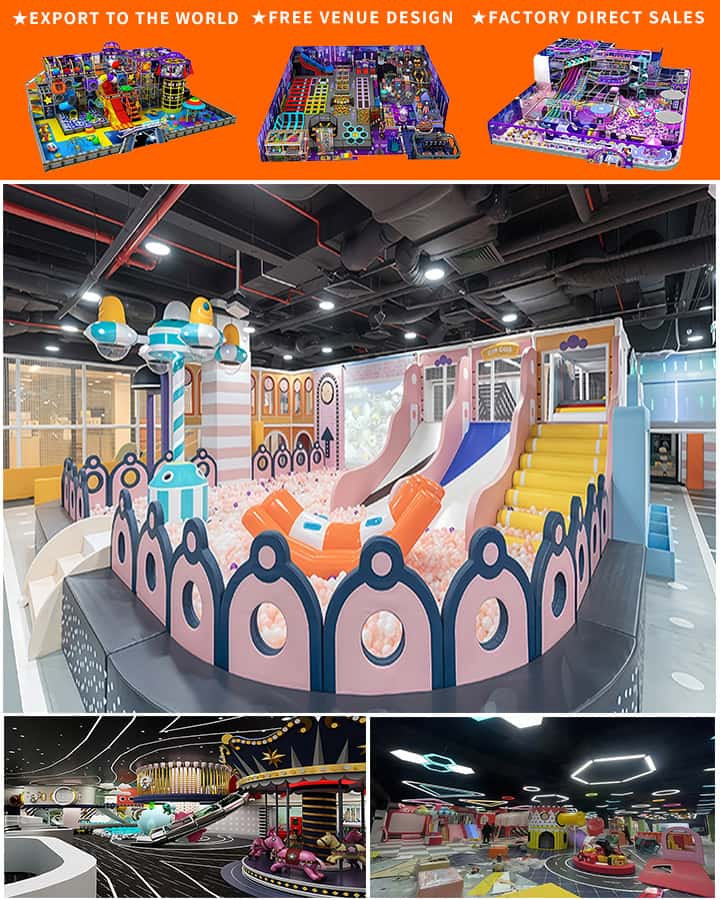Creating an engaging and safe outdoor play area for kids is a rewarding endeavor that promotes physical activity, creativity, and social skills. A well-designed play space not only provides endless hours of fun but also offers an opportunity for children to learn about their environment and develop essential life skills. Here are some key ideas and tips to help you design the ultimate kids’ outdoor play area.
1. Safety First
Safety is paramount when designing an outdoor play area. Ensure the area is free from hazards such as sharp objects, toxic plants, and uneven surfaces. Use soft materials like rubber mats or mulch to cushion falls and install safety barriers around the perimeter if necessary. Additionally, choose age-appropriate equipment to prevent accidents and supervise children during playtime.
2. Diverse Play Equipment
Incorporate a variety of play equipment to cater to different interests and developmental stages. Classic choices include swings, slides, and seesaws, which are always popular with kids. For added fun, consider including climbing structures, balance beams, and obstacle courses. Don’t forget sensory elements like sandpits, water tables, and musical instruments to stimulate all five senses.
3. Natural Integration

Integrate natural elements into your play area to create a harmonious environment. Plant trees and shrubs to provide shade, privacy, and a touch of nature. Use wood, stone, and other natural materials for building features such as playhouses, tunnels, and bridges. A small garden area can also teach kids about plant growth and sustainability.
4. Creative Corners
Dedicate specific zones for creative play to encourage imagination and expression. Set up a chalkboard wall or easel station where children can draw and paint. Include a storytelling corner with comfortable seating and puppet theaters. These areas allow kids to engage in unstructured play, fostering creativity and problem-solving skills.
5. Physical Activity Zones
Promote physical fitness by incorporating areas designed for active play. Install a basketball hoop, soccer goals, or a miniature golf course to keep kids moving. Balance bikes, scooters, and jump ropes are excellent additions that combine fun with exercise. Regular physical activity is essential for healthy growth and development.
6. Quiet Spaces
While active play is important, providing quiet spaces for relaxation and reflection is equally crucial. Create cozy nooks with benches, hammocks, or bean bags where children can read, meditate, or simply enjoy the outdoors. Incorporate calming elements like water features or wind chimes to enhance the tranquil atmosphere.
7. Community Engagement
Consider the community aspect of your outdoor play area. Design spaces that encourage group play and interaction. Picnic tables, barbecue grills, and communal seating can transform your play area into a neighborhood gathering spot. Organize regular events or workshops to bring families together and foster a sense of community.
8. Maintenance and Durability
Choose durable materials and construction methods to ensure your play area stands the test of time. Regular maintenance is essential to keep the area clean, safe, and inviting. Create a schedule for inspections and repairs, and involve children in simple tasks like picking up litter or planting flowers to instill a sense of responsibility and ownership.
Conclusion
Designing the ultimate kids’ outdoor play area requires thoughtful planning and consideration of various elements that promote safety, creativity, physical activity, and social interaction. By incorporating diverse play equipment, natural elements, creative corners, and quiet spaces, you can create a vibrant and engaging environment where children can learn, grow, and have fun. Remember, the key is to listen to the needs and preferences of the children who will use the space and continuously adapt and improve it to meet their evolving interests.




